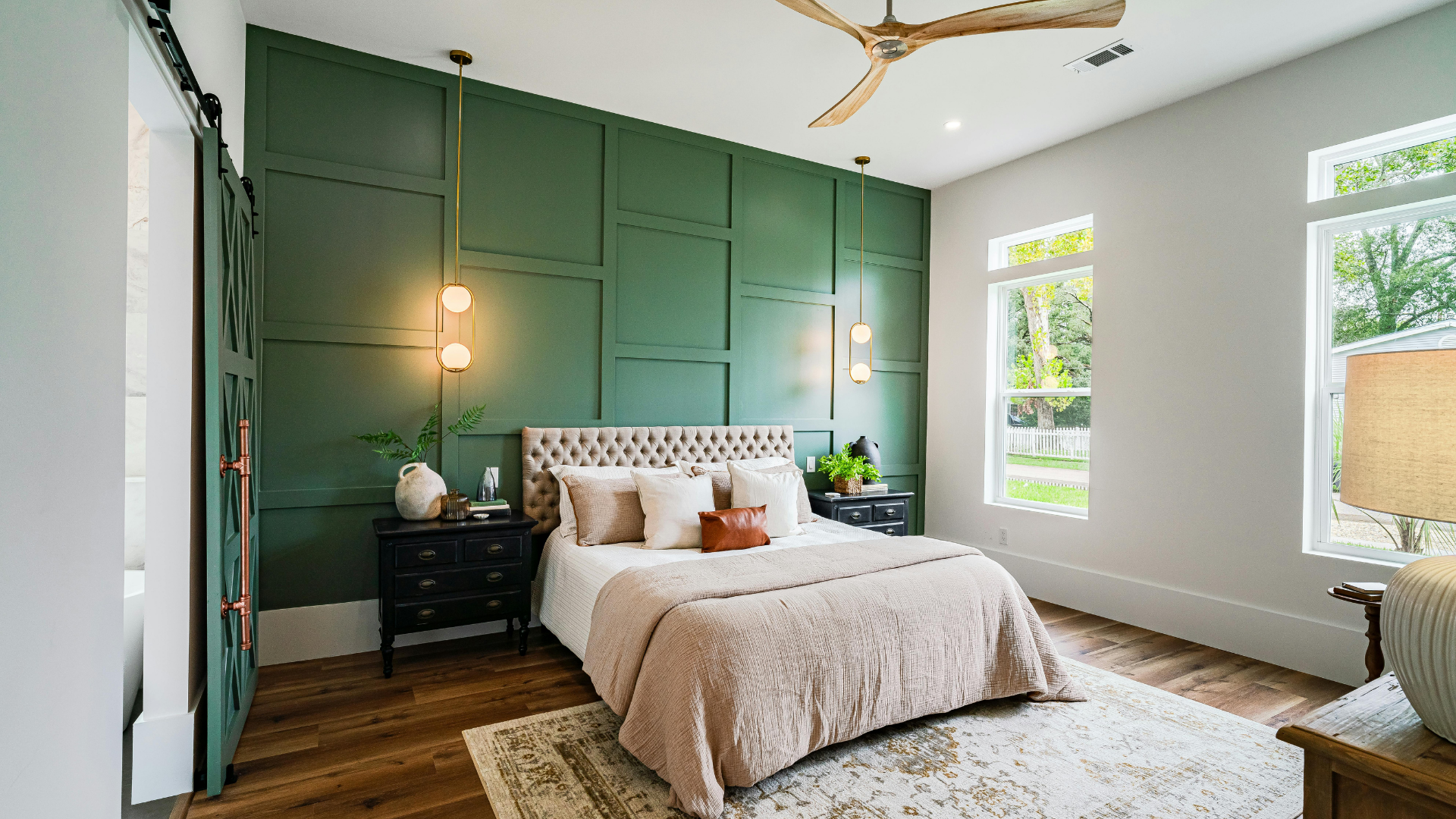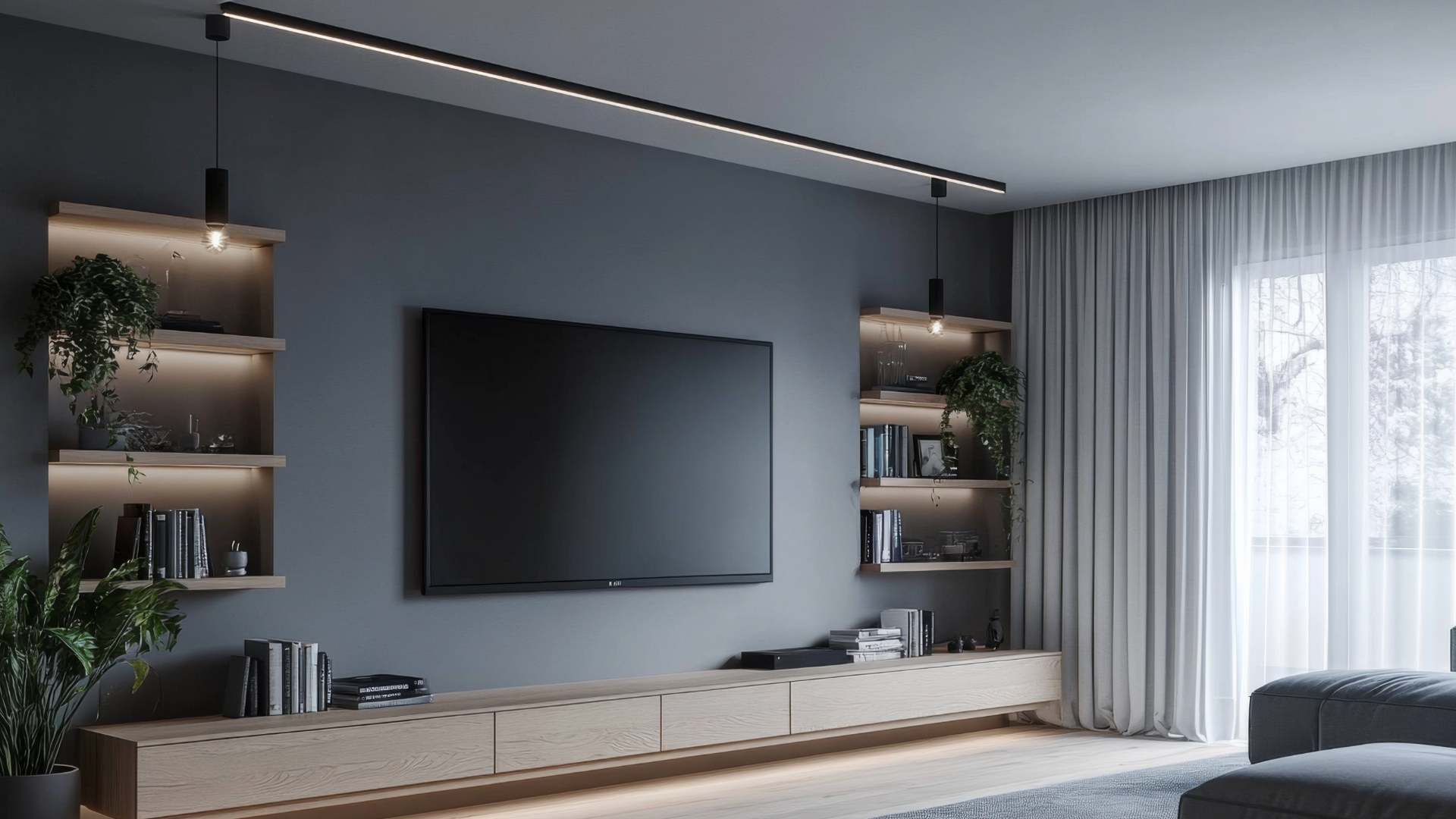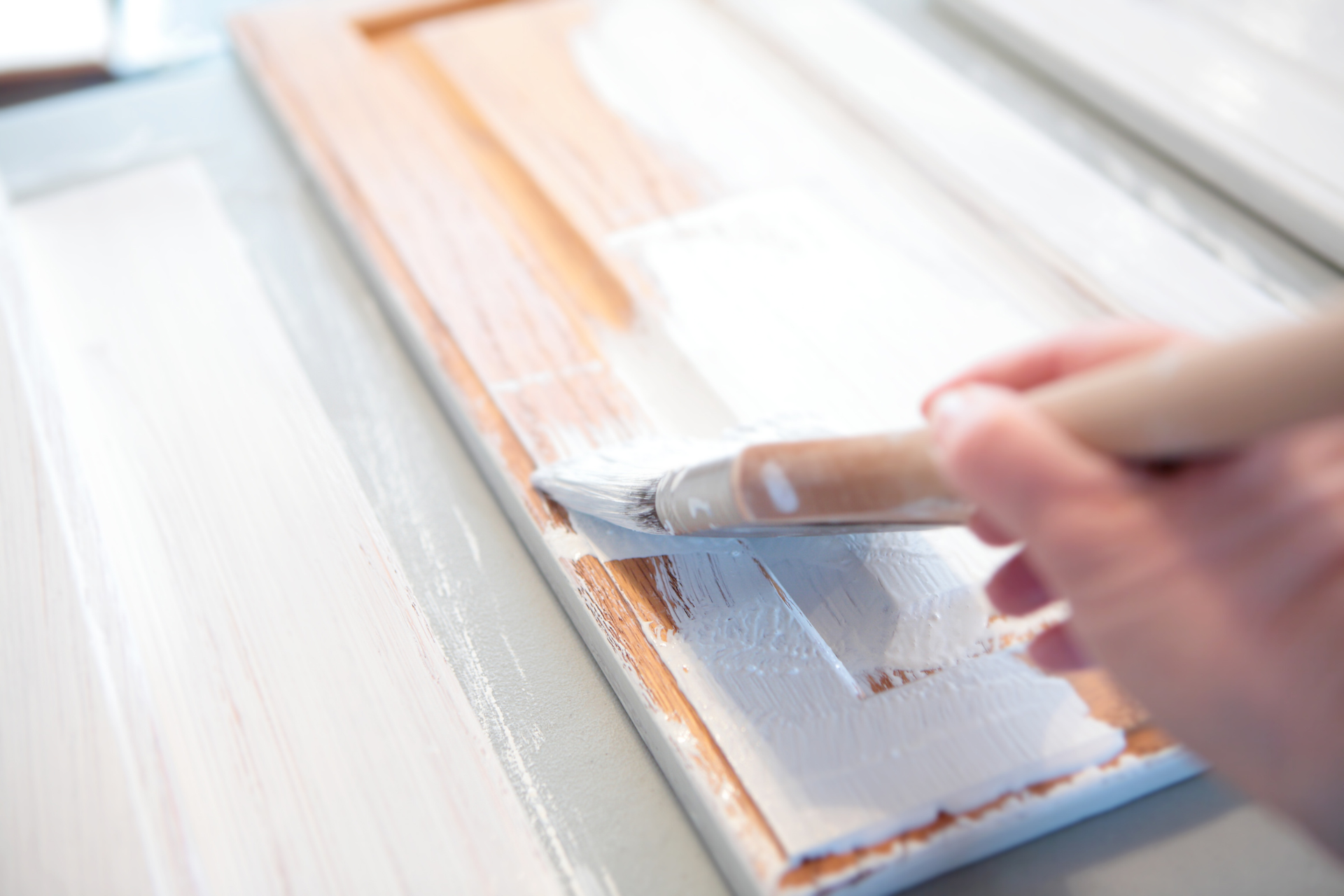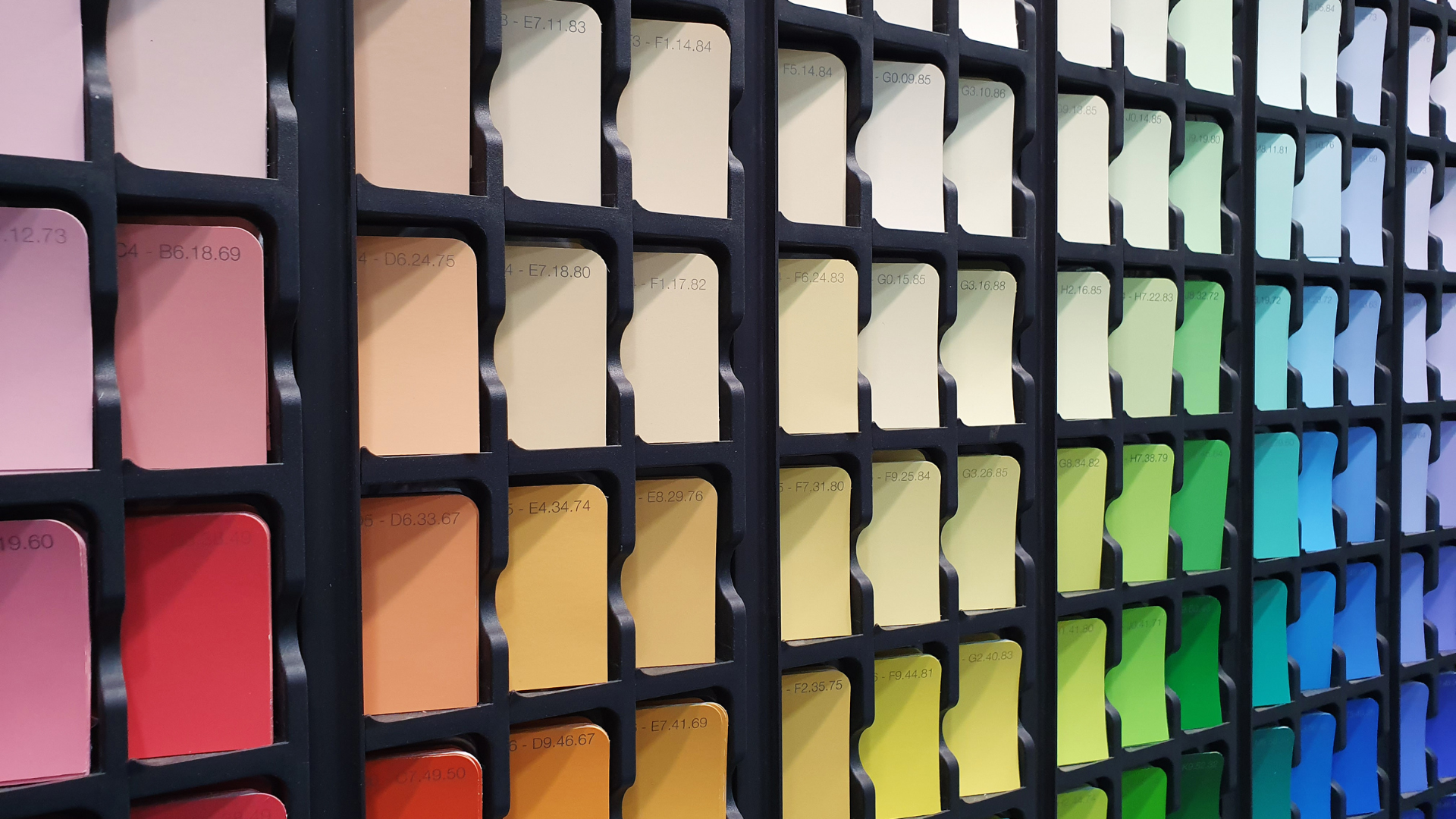What Paint Sheens Say About Your Home
How Gloss Level Affects Style, Cleaning, And Atmosphere
The sheen of a paint finish isn’t just an afterthought—it’s one of the most important decisions in a painting project. That slight glimmer or flatness on a wall can completely shift how a room feels, how the colors behave, and even how you interact with the space on a daily basis. The gloss level of your paint controls how much light bounces around the room, which can change the entire mood. Choose wrong, and suddenly a cozy room feels glaring or a bold color looks dull and lifeless.
A high-gloss finish reflects a lot of light. This works well in modern, minimalistic spaces that thrive on sharp lines and clean contrast. It can give cabinetry or trim a crisp, almost glassy finish. On the other hand, if it ends up on a large living room wall, it might come across as harsh, even clinical, especially under natural sunlight. Matte finishes swing the other way—they absorb light, muting harsh shadows and creating a sense of warmth and calm. That’s great for bedrooms and intimate areas, but it can dull detailed moldings or darker hues if you’re not careful.
The wrong sheen in the wrong place can break the visual harmony of a room. Even if you get the color just right, the gloss level can make it feel completely off. That fresh navy accent wall you imagined feeling moody and dramatic? If it's too glossy, it could end up looking plastic and artificial instead. Choosing the appropriate sheen for each surface is what makes the whole palette come alive. It turns paint from a color choice into a design element that communicates mood, intention, and taste.
Cleaning Isn’t Equal Across Finishes
If you’ve ever tried scrubbing a fingerprint off a flat-painted wall, you know it doesn’t always go well. Matte finishes tend to be more porous, which means dirt, oils, and stains can settle in quickly. You might get the smudge off—but you’re likely to leave behind a shiny spot or an uneven patch where the paint wore down. That’s not ideal, especially in places where hands, food, or pets regularly make contact with the walls.
High-gloss and semi-gloss finishes are much more resilient when it comes to cleaning. They’re smoother, less porous, and can stand up to a damp cloth or even some cleaning products without flinching. That makes them popular in kitchens, bathrooms, or hallways where durability and easy maintenance are a priority. Satin finishes walk the line between cleanability and subtlety. They’re wipeable without being too shiny, which makes them a solid choice for family rooms, doors, or kids’ bedrooms.
But here’s the tradeoff—glossier paints show imperfections more clearly. Every little dent or drywall tape seam might suddenly stand out. So while it might be easier to clean, it’ll also demand a more flawless surface underneath. If your walls have texture or patchwork, a lower sheen might be the smarter compromise even if it requires a bit more maintenance.
That balance between aesthetics and practicality is something a lot of homeowners don’t consider until they’re a few months in and scrubbing spaghetti sauce off a dining room wall that looked amazing... until now. Matching sheen to lifestyle is every bit as important as matching it to design.
Gloss Influences Perception Of Space
Sheen doesn’t just change how walls look—it subtly changes how big or small a room feels. Glossy paints reflect light, and light creates the illusion of space. That’s why high-sheen finishes can make smaller areas seem more open and airy, especially when combined with light colors. In the right context, it can bring energy and brightness that matte finishes just can’t.
But there’s a limit to how far that can go. Too much shine in a sun-drenched room can make surfaces feel blinding or overwhelming. In a space with minimal natural light, on the other hand, that reflectivity might be exactly what gives the room some life. It’s a delicate dance between the existing lighting, the wall’s position, and how the eye moves through the room.
Low-sheen or flat paints create a more subdued atmosphere. They don’t bounce light, so everything feels a bit softer, more grounded. If you’re aiming for something cozy, meditative, or elegant, that muted texture can work wonders. But it can also make a room feel smaller or more enclosed if you don’t balance it with lighter tones or sufficient lighting.
Paint sheen plays an understated but impactful role in spatial design. It’s not just about the finish—it’s about how it interacts with the surroundings. From making ceilings feel higher to giving awkward corners some visual breathing room, gloss level is a tool that, when used wisely, can shape how a space is experienced.
Harmony Between Surface And Sheen
A big part of choosing the right finish comes down to what you’re painting. Walls, trim, cabinets, and ceilings each behave differently when paint hits them. A ceiling in high-gloss? Probably not the best idea—it'll highlight every roller stroke and uneven patch. But that same finish on baseboards or crown molding brings out the crispness and makes those architectural details pop.
Doors and cabinetry often benefit from semi-gloss or gloss finishes because they get touched often and need to be wiped down regularly. But putting that same shine on textured plaster walls can be jarring, since gloss enhances surface flaws rather than hides them. In contrast, flat or eggshell finishes blur those irregularities and create a much more forgiving look.
This is where people often misstep. They fall in love with a finish in one room and carry it through the house, not realizing how differently it behaves on other surfaces or under different lighting conditions. That uniform approach can strip personality from a space and also create unexpected problems when the cleaning or repair routine doesn’t match up with the finish's durability.
There’s also the matter of layering—combining multiple sheens within the same room. For example, using satin on the walls and semi-gloss on the trim can subtly frame the space and give it dimension without calling attention to itself. It’s a design trick that professionals use all the time to add polish and cohesion without adding more color or decor. It all comes back to the idea that paint isn’t just one choice—it’s a series of connected decisions that, when made thoughtfully, elevate the entire home.
Getting The Finish Just Right
Picking the perfect gloss level goes far beyond aesthetics. It influences how your space feels, how it ages, and how much effort you’ll put into maintaining it. From creating an inviting atmosphere to choosing a finish that stands up to daily wear, these decisions can make or break the long-term satisfaction you have with your space.
At Gutierrez Painting, we’ve helped countless clients find that sweet spot between style, function, and durability. Whether you're repainting a single room or rethinking your whole home, we’re here to guide you through the gloss level decisions that will truly make a difference. Don’t hesitate to
contact us today—we’d love to help you bring out the best in your walls.






